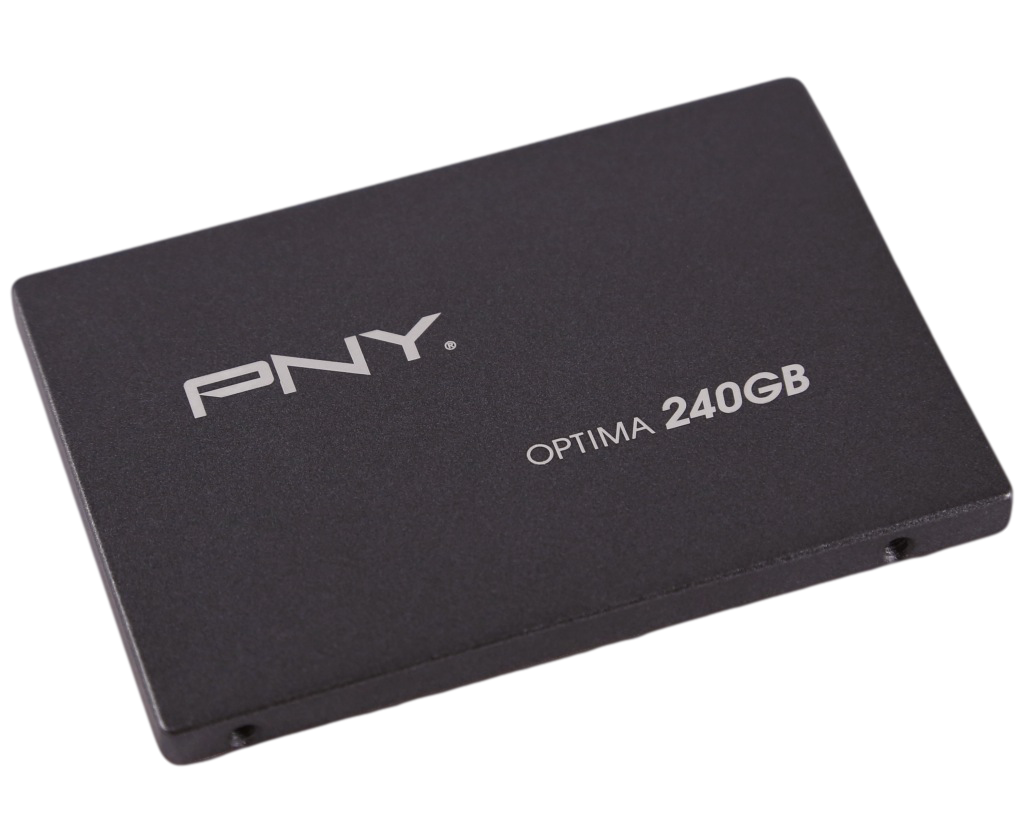‘m thankful for emails from some regular readers, especially in response to my trial and error adventures with new SSDs. So, it’s time for us to try to put a list together of the top 5-6 recommended drives that work with our G5s.
Please use the comments below. I’ll also be posting a thread in the MacRumors PowerPC forum to generate some responses as well.
Drives That Work
- OWC drives obviously work. These are the safest options, although they are rarely on sale like other drives. You can likely save money going elsewhere, but if you want a guarantee that they will work in your Mac, these are a solid choice.
- The Intel SSD 320 works perfectly in various configurations.
- The Samsung 840 EVO works fine but only in the lower drive bay.
- Corsair F60GB2 (and likely its larger capacity siblings) work fine. It is an SATA II model.
Drives That Do Not Work
- Intel 520 SSDs do not work. (I will admit that I’ve had one reader who has had success using them in Linux, so it could be a Mac OS X thing not necessarily a G5 thing. I was not able to get them working in Mac OS X.)
- Intel 530 SSDs also do not work.
- The PNY Optima SSD with Silicon Motion controller does not work in any configuration.
I’ll be updating this with more information and notes as I get other suggestions.
It sounds like there are several troubleshooting options when trying to get your SSD to work in a G5. First, remove any other drives, and try it solo. Put the drive in either bay – upper or lower – to see if you get different results. Second, if you are trying to use two drives in the G5, experiment with the other drive being SATA I. You may only be able to have one SATA III or II drive at a time in your G5 configuration, although it appears this varies based on the different chipsets and manufacturers of the drives. Third, pay attention to the version of Leopard that you are installing from. Later versions may be better able to see and partition your SSD.
Stay tuned for more info to come.
— Nathan


